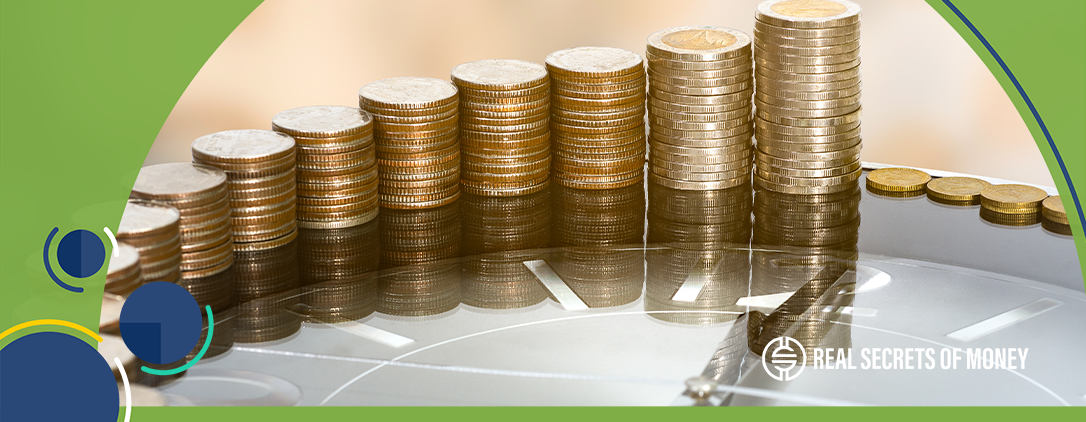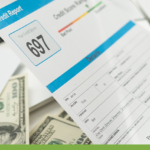How to Build an Emergency Fund That Works for You
Life is unpredictable. A sudden job loss, medical expense or unexpected car repair can throw your finances off track. That’s why having an emergency fund is one of the most important steps toward financial security.
But how much should you save? And where should you keep the money? Let’s break it down and help you build an emergency fund that actually works for you.
What Is an Emergency Fund and Why Do You Need One?
An emergency fund is a stash of money set aside specifically for unexpected expenses. It prevents you from going into debt when life throws a curveball and provides peace of mind knowing you have a financial safety net.
Without an emergency fund, many people rely on credit cards or loans to cover unexpected costs, leading to unnecessary financial stress.
How Much Should You Save?
The ideal emergency fund depends on your lifestyle, income and expenses. Here’s a simple guideline:
• Starter Emergency Fund: At least $500 to $1,000 (great for beginners).
• Basic Fund: 3 months of essential expenses (rent or mortgage, food, utilities, insurance, debt payments).
• Full Fund: 6 to 12 months of expenses for full financial security.
Furthermore, if you’re self-employed or have irregular income, you should aim for 6 to 12 months of expenses since your earnings may fluctuate.
An emergency fund is your financial safety net. It gives you control over life’s surprises and keeps you from falling into debt.
Where Should You Keep Your Emergency Fund?
The best place for your emergency fund is somewhere easily accessible but separate from your everyday spending money.
• High-Yield Savings Account: Offers easy access while earning some interest.
• Money Market Account: A balance of liquidity and growth potential.
Emergency funds should be safe, not exposed to market risks, so avoid putting it in any stocks or investments. Also, avoid keeping your emergency fund in cash at home — it’s risky and doesn’t earn interest.
How to Build Your Emergency Fund (Even on a Tight Budget)
If saving several months of expenses sounds overwhelming, don’t worry! Start small and build up.
• Set a Monthly Goal: Even small savings add up over time. Start by setting aside $25 per paycheck — it’s a simple step toward financial security.
• Use Windfalls Wisely: Tax refunds, bonuses or extra income? Put a portion into your emergency fund.
• Cut Unnecessary Expenses: Skip a few takeout meals or cut some subscriptions and redirect that money to savings.
• Automate Your Savings: Set up automatic transfers so you can save without thinking about it.
Even small savings add up over time. Start by setting aside $25 per paycheck — it’s a simple step toward financial security.
An emergency fund is your financial safety net — it gives you control over life’s surprises and keeps you from falling into debt. No matter where you are in your savings journey, you can start today and build towards peace of mind. Even the smallest contributions make a big difference over time.
—
Learn more about credit and other financial topics at Real Secrets of Money. Visit our blog for more insights and connect with a financial literacy teacher to start your journey to financial well-being today.



